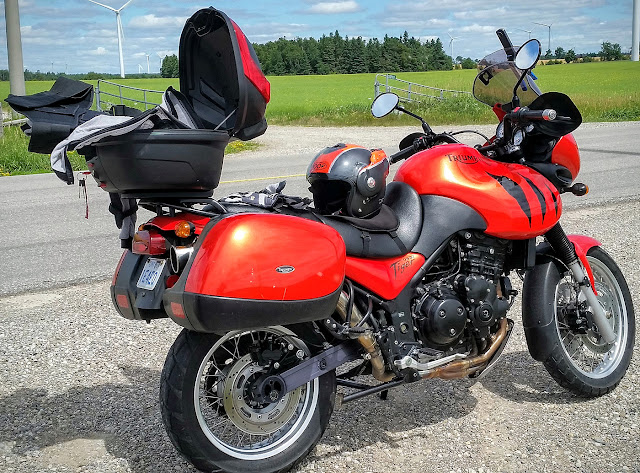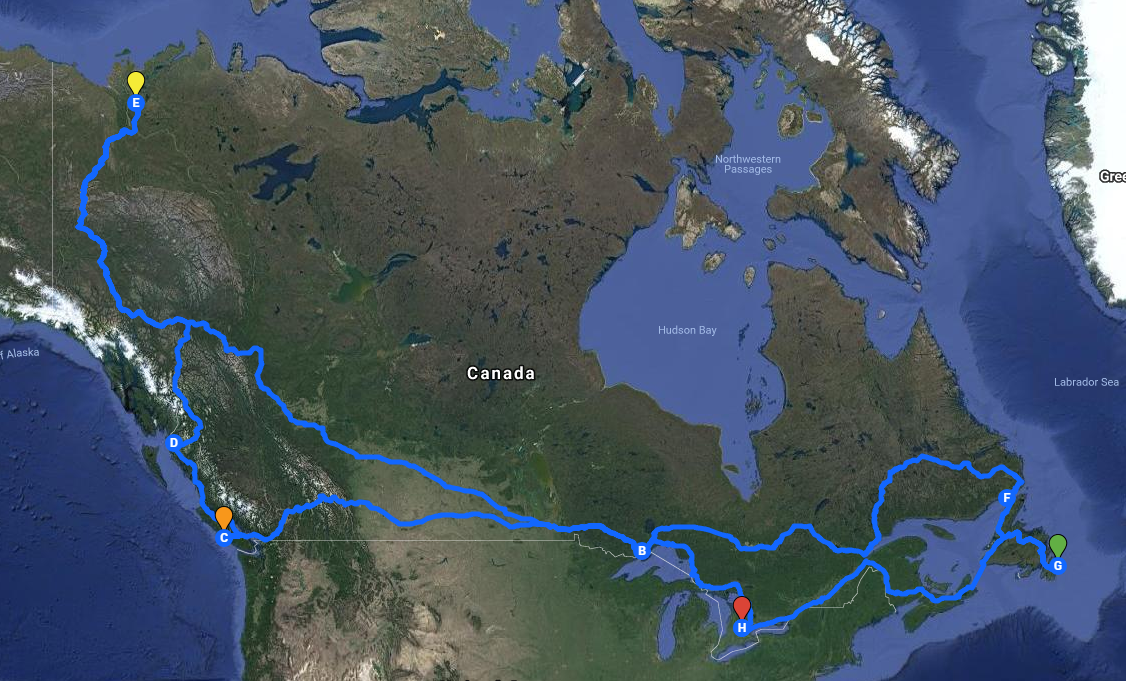The final blog entry from my OISE computer engineering program:
Name and describe the school, board and ministry standards you must follow.
Our school and board follow Ministry standards and our collective agreement based upon it. One of the challenges we have is in following changing standards. One of those specific problems is the adoption of skills based assessment (a holdover from the Harris years). Many teachers have a great deal of trouble following this protocol (the learning to 18/student success plan works with it extensively).
I recently had to do a heads thing and sit on a committee that would create school level language around assessment. The fights were pretty epic. Many of the academic teachers believed that students should be marked on their behavior, not what they know about their subject. To them, school is about control and discipline, not subject matter (this dovetails nicely with a conversation I had with my wife last night – I think I’ll be blogging about it on Dusty World shortly).
In any case, our admin is determined to even out the radically different approaches to assessment that go on in our school (even within the same department). I’m curious to see how much this affects teachers this coming year. There is a great deal of professional latitude given to teachers whenever the door closes to the classroom. Unlike the US system, our lessons aren’t mandated and while we have invasive standardized testing, we aren’t held too tightly to them. US schools are required to force feed students lessons year round to feed standardized testing. They then rank poorly world wide.
As much as a loose, teacher centred approach grates on the nerves of hard core curriculumists, it does produce broad based learners who score well in general testing (and adapt well in a changing work environment).
I personally have issues with student success and many of the shortcuts they take in getting students diplomas. But even that process is one I can live with if it allows the majority of students to maximize their learning.
What would you see changed?
One of the few countries ahead of use in world rankings is Finland. Finland does a couple of things that I think would fit well with Ontario’s approach to education. Firstly, they expect teachers to be highly trained specialists in education. In order to teach in Finland, a teacher must have a Masters in Education. I think university focus on this isn’t a great idea, but I’d like to see teacher’s college be much more rigorous in producing teachers. A two year program that offers easy outs into other programs (teaching assistant, educational support worker, business training, etc), or out of education entirely, would be helpful. A greater stress on teacher’s college as an apprenticeship with many more weeks spent in-class with an associate teacher/mentor would also shake out the applicants.
I found a number of candidates in my program who wanted to drop out, but were given no option other than withdrawal with financial penalty. I’d really like to see a first semester drop out option (available after the first in school, teaching COOP session), that offers escape with no financial penalty. I’ve seen too many people teaching who aren’t particularly good at it, have no interest in changing that, and are doing it because they feel trapped into doing so. A more stringent, apprenticeship based, exit enabled teacher training system establishes higher standards (like Finland’s) without the university bias, and with a firm focus on developing teachers actually interested in teaching well.
The other thing Finland did was abolish all standardized testing. Standardized tests do not produce broad-based students who are able to adapt to new situations in creative ways. Standardized testing produces myopic, specifically focused students who fail in open, changing environments (the kind most students will be facing when they enter the workforce).
I’d also like to see a huge push away from the walled garden/board run IT model. The language around protecting students produces overly restrictive access to technology that reduces students’ ability to learn how to author, manage and effectively use current digital tools. If we want to remain relevant, we need to be able to meet students where they live, and show them how to manage modern digital tools effectively.
Develop an action plan to push forward your idea(s).Process:
- Figure out what my stance is on effective educational reform
- Read other theory, review statistics (don’t be Ontario-centric, look at educational theory from around the world), establish an understanding of what you believe effective reform is
- Metacognitively, reflect on your own experiences in the classroom. What is a modern student like? What is needed to reach them? What would an effective learning environment look like in 2012 and beyond?
- Collaborate with others to organize and present them
- Publish your thinking and invite critical response
- Build a following or establish connections with other people who share your vision
- Continue to respond to conditions in education,
I’ve done this by starting a blog that continually looks at current digital learning. I use it to reflect on my own experiences, think of ways to produce better results, publish my ideas and continue to evolve my own understandings of this very complicated (and very simple)  profession. The blog led to presentations at Edcamps, conferences and PD. It’ll lead to a book at some point me-thinks.
profession. The blog led to presentations at Edcamps, conferences and PD. It’ll lead to a book at some point me-thinks.
The most important step in this action plan is to take action, and make other people aware of what you’re struggling with in education. If you’re a teacher who doesn’t think twice about teaching, I’d suggest that you’re probably not a very good teacher. If I had to mandate any Ministry requirement for teaching, it would be that teachers should be life long learners, who love the process of teaching and learning, and demonstrate how they are actively working to improve it, in themselves, their classroom, their board and their profession in general.
http://pinterest.com/scottmcleod/slides/ Some good (and funny, and sometimes nasty) comments on educational irrelevance






































 profession. The blog led to presentations at Edcamps, conferences and PD. It’ll lead to a book at some point me-thinks.
profession. The blog led to presentations at Edcamps, conferences and PD. It’ll lead to a book at some point me-thinks.